Explore 40 Most Stunning Places In the World You CAN’T Visit
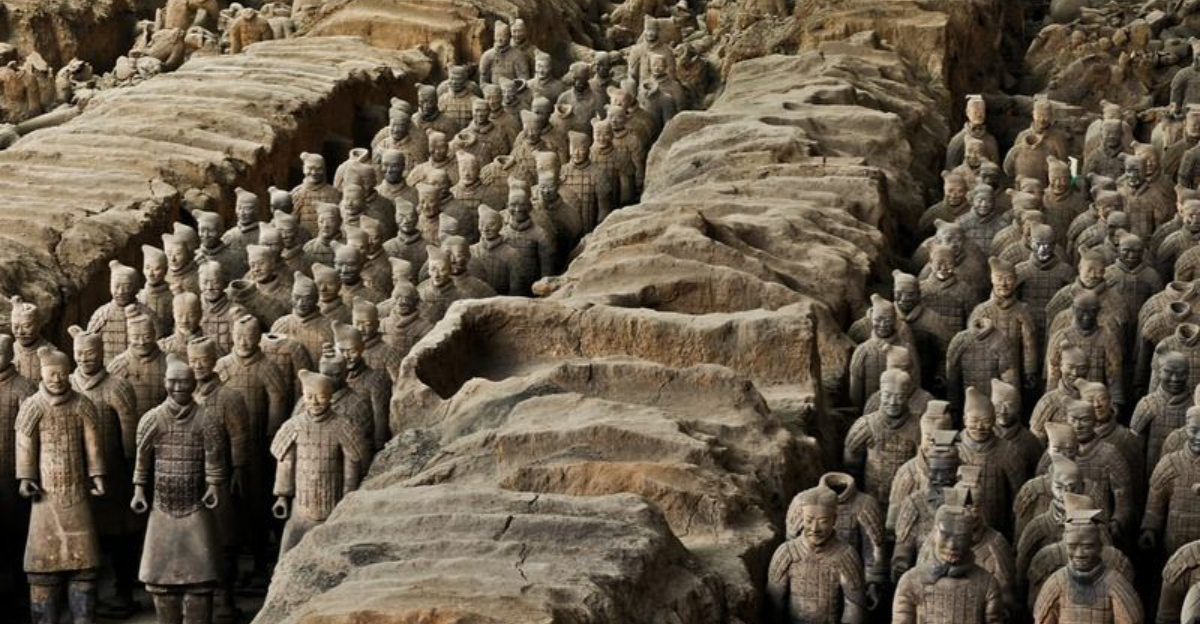
The world is filled with wonders that stir the soul—vast landscapes, sacred sanctuaries, and places so beautiful they feel almost otherworldly. Yet, some of the most captivating destinations are the ones forever out of reach.
Hidden behind locked doors, guarded by governments, protected by nature, or shrouded in legend, these places are not meant to be touched—only imagined. They awaken something deeper than wanderlust: a yearning for the unknown, for the stories that live in silence, and for the beauty that doesn’t need an audience to exist.
This is a journey not of footsteps, but of wonder—through the forbidden, the sacred, and the secret corners of our planet that remind us how much magic still lies beyond the map.
1. North Sentinel Island, India
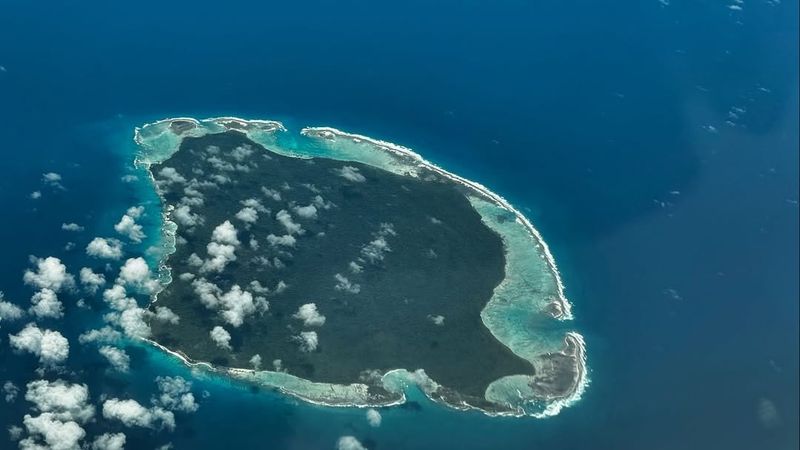
The allure of forbidden places is strong, and none more so than North Sentinel Island. Lying in the Andaman Sea, this untouched piece of land is home to the Sentinelese, a tribe fiercely protective of their isolation. The Indian government has enforced strict laws prohibiting any contact to preserve their way of life.
Intriguingly, the island remains one of the last unexplored spots on Earth. Visitors are met with arrows, ensuring its mystery remains intact. With its lush greenery and azure waters, the island’s beauty is rivaled only by its enigma.
2. Surtsey Island, Iceland
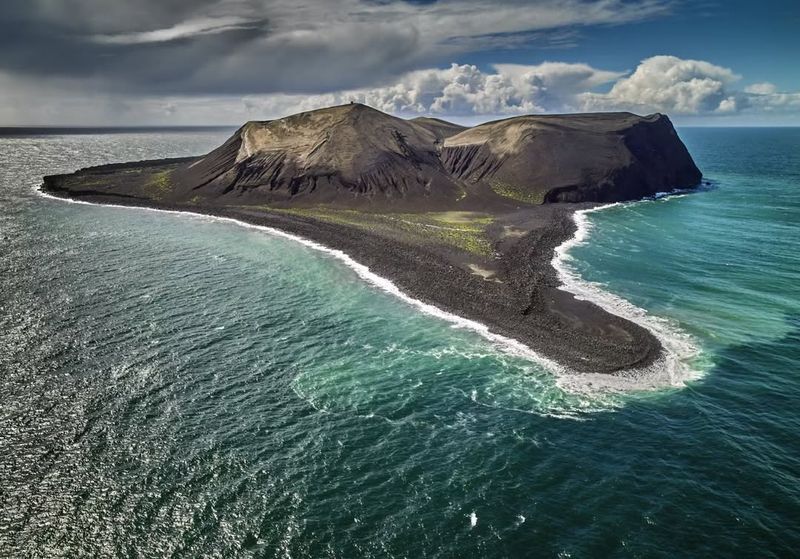
Born from volcanic eruptions in 1963, Surtsey Island is a living laboratory. Located off Iceland’s south coast, it offers a rare opportunity to study ecological succession without human interference. Only a select group of scientists have the privilege to visit, as the island’s protected status keeps it pristine.
This isolation ensures its ecosystems develop naturally, providing valuable insights into how life colonizes new land. Its rugged terrain and stark beauty make it a fascinating subject, even from afar.
3. Lascaux Caves, France
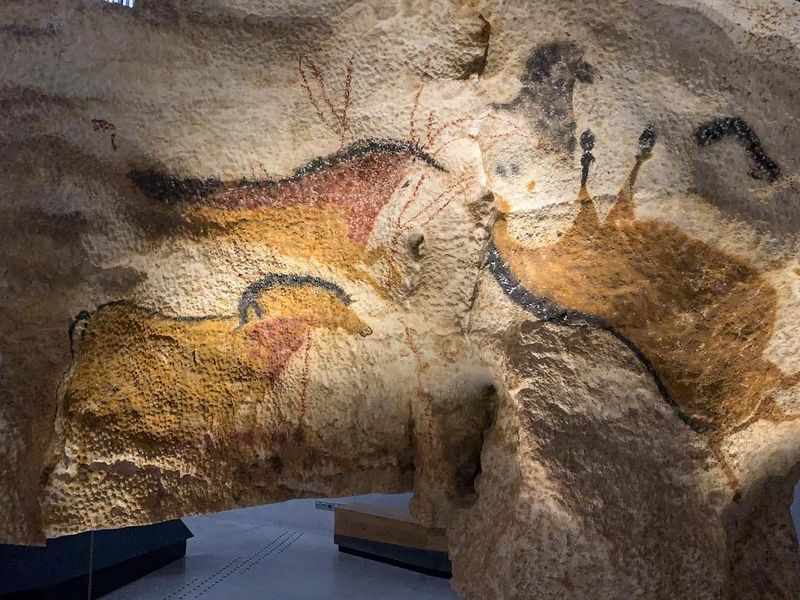
Deep in the Dordogne region of France lie the Lascaux Caves, a masterpiece of prehistoric art. Discovered in 1940, these caves house over 600 wall paintings, depicting animals from a time long past. But the public can no longer see these ancient wonders in person.
Due to the damage caused by visitors, the caves were closed in 1963 to preserve their fragile beauty. Today, only replicas and virtual tours offer a glimpse into this ancient gallery, keeping its secrets preserved for future generations.
4. Snake Island (Ilha Da Queimada Grande), Brazil
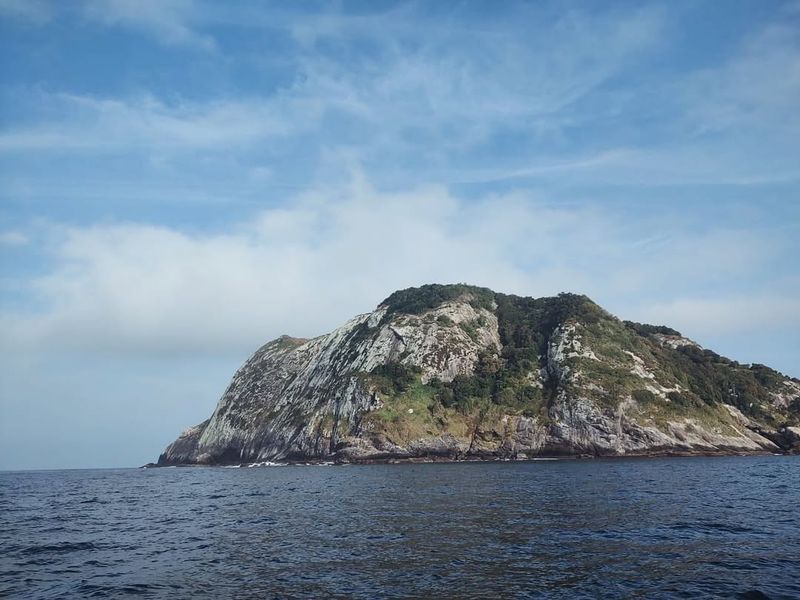
Imagine a place where snakes outnumber humans by several hundred to one. Ilha da Queimada Grande, or Snake Island, is such a place, off-limits for obvious reasons. Home to the golden lancehead viper, one of the world’s deadliest snakes, the island is closed to the public to protect both people and the snake population.
Researchers with special permits brave the dense jungle to study these elusive creatures. The island’s verdant landscape conceals its lethal inhabitants, making it a place where danger lurks beneath every leaf.
5. Area 51, Nevada, USA

Amidst the Nevada desert lies Area 51, a place shrouded in secrecy and speculation. Officially, it’s a high-security U.S. Air Force facility, but its purpose remains elusive. Rumors of alien encounters and UFO sightings fuel its mystique. Access is highly restricted, with security measures that rival a spy thriller.
Conspiracy theories abound, with some claiming it’s a hub for extraterrestrial research. While the truth remains classified, the intrigue of what lies beyond the barbed wire persists, making it an enduring enigma.
6. Ise Grand Shrine, Japan
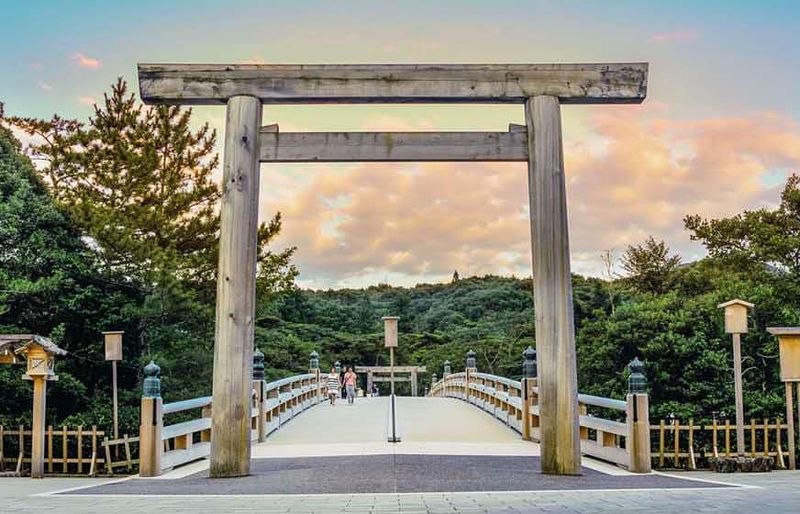
The Ise Grand Shrine stands as a testament to Japan’s spiritual heart. Nestled in Mie Prefecture, this Shinto shrine is rebuilt every 20 years as part of a ritual passed down for centuries. Yet, only a select few, primarily priests and members of the imperial family, can enter its innermost sanctum.
This exclusivity preserves its sacredness, offering a glimpse into Japan’s cultural heritage. Surrounded by ancient forests, the shrine’s tranquility is palpable, even to those who can only admire it from afar.
7. Poveglia Island, Italy
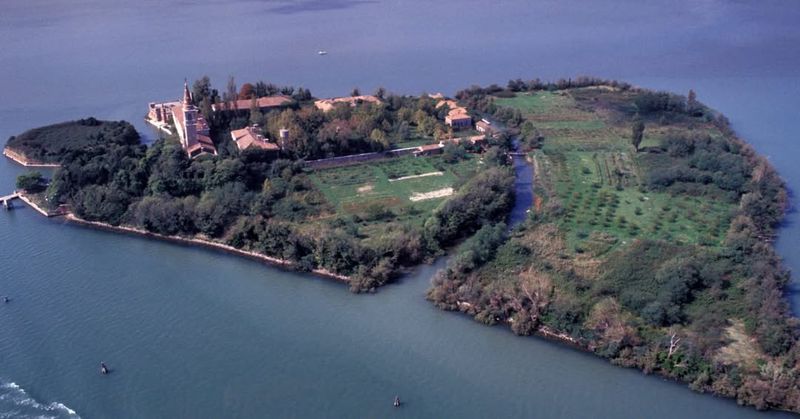
Poveglia Island, nestled in the Venetian Lagoon, carries a dark history of plague, madness, and abandonment. Once a quarantine station, then a mental asylum, its past is steeped in tales of hauntings and despair. Now, the island is off-limits, its decaying structures overtaken by nature’s relentless march.
The air is thick with stories of restless spirits, making it a place of both dread and curiosity. The island’s foreboding allure draws the imagination, even if its shores remain unreachable.
8. Niihau Island, Hawaii, USA
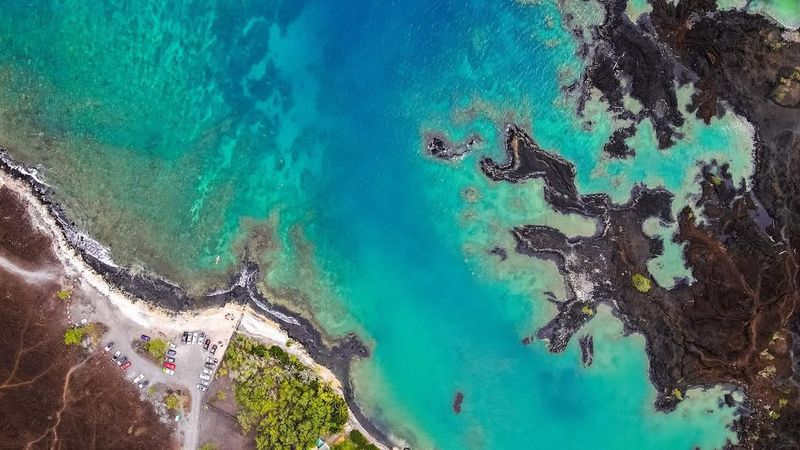
Known as the “Forbidden Island,” Niihau is a world apart, owned by a single family since 1864. It offers a glimpse into traditional Hawaiian life, untouched by modern influences and tourism. Access is limited to residents and invited guests, preserving its pristine environment and cultural heritage.
The island’s isolation ensures its vibrant ecosystems thrive, and its shores remain unspoiled. While visitors are rarely welcomed, Niihau’s beauty and simplicity echo a time when life moved at a gentler pace.
9. Mezhgorye, Russia
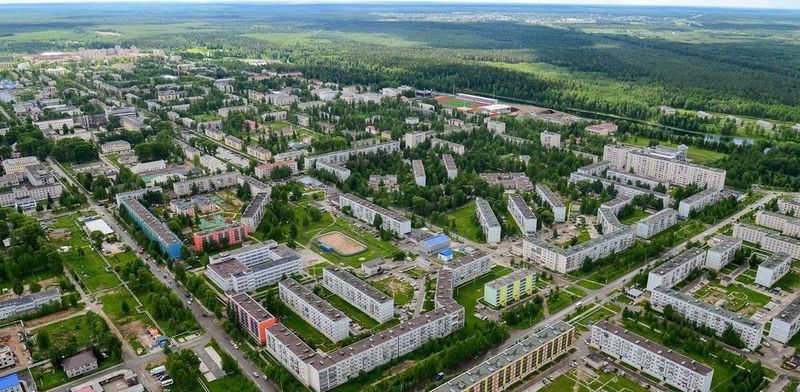
High in the Ural Mountains, the closed town of Mezhgorye is cloaked in secrecy. Established during the Soviet era, its purpose is undisclosed, though speculated to support nearby Mount Yamantau’s mysterious facilities.
The town is off-limits to outsiders, with restricted access enforced by security forces. Its residents live under a veil of confidentiality, adding to the town’s enigmatic allure. The blend of natural beauty and military mystery makes Mezhgorye a place of intrigue in Russia’s vast landscape.
10. Bohemian Grove, California, USA
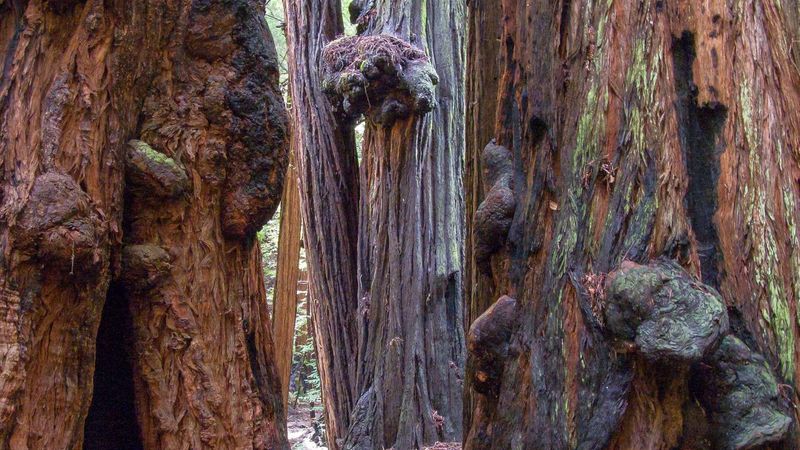
In the heart of California’s redwoods, Bohemian Grove plays host to a clandestine gathering of the world’s elite. Every summer, influential men convene here for private discussions and rituals. The secrecy surrounding these meetings fuels speculation and conspiracy theories.
The Grove, with its towering trees and tranquil setting, becomes a stage for exclusivity and intrigue. While the events remain shrouded in mystery, the allure of what’s discussed under the cover of ancient forests captivates the curious.
11. Svalbard Global Seed Vault, Norway
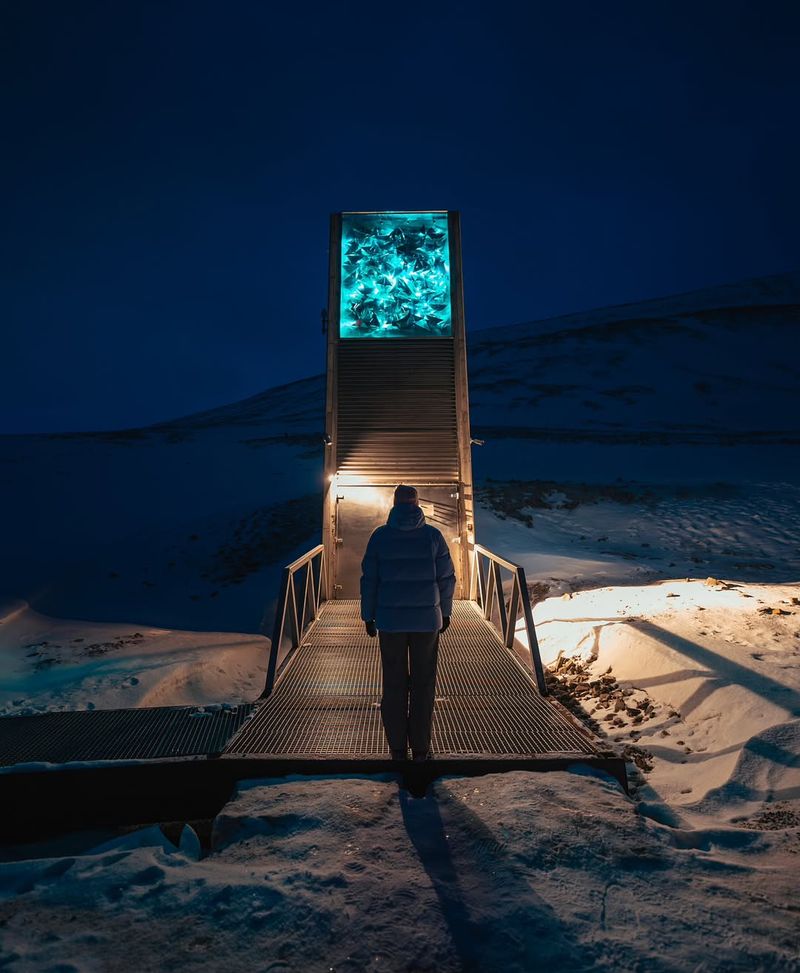
The Svalbard Global Seed Vault is humanity’s insurance policy against agricultural catastrophe. Nestled in Norway’s icy Svalbard archipelago, it stores seeds from around the world, safeguarding biodiversity. Access is limited to authorized personnel to ensure its security and purpose remain intact.
Built to withstand both natural and manmade disasters, the vault stands as a symbol of hope and resilience. Its cold, stark surroundings belie the warmth of its mission—to protect our planet’s agricultural heritage for future generations.
12. North Brother Island, New York, USA
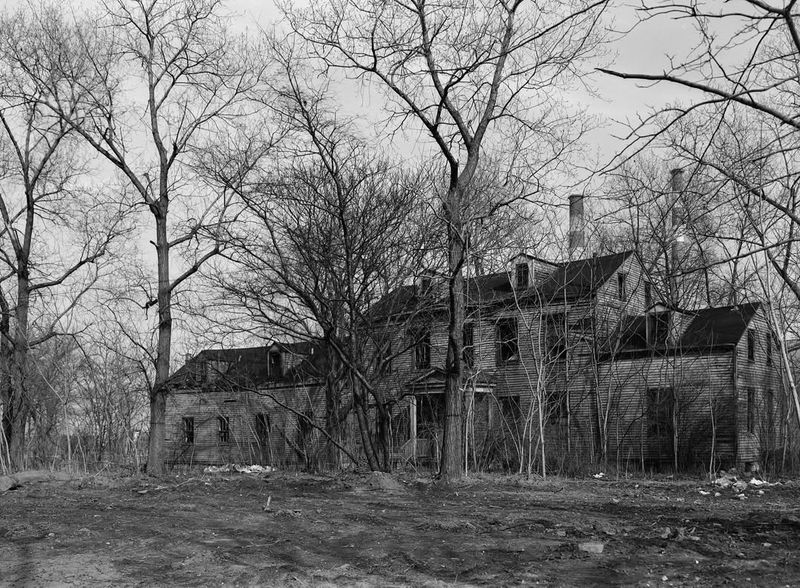
Just off the coast of the Bronx, North Brother Island is a relic of New York City’s forgotten past. Once home to a quarantine hospital and later a drug rehab center, it now lies abandoned, reclaimed by nature. The island is off-limits to the public to protect its fragile ecosystems and nesting birds.
Its eerie, overgrown structures tell tales of isolation and recovery, evoking a haunting beauty. While the island’s history is complex, its present state remains a hidden chapter in New York’s story.
13. Metro-2, Moscow, Russia
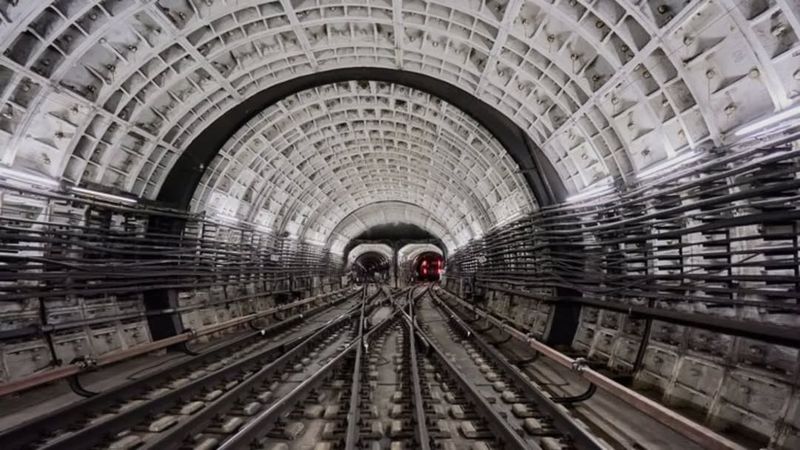
Beneath Moscow’s bustling streets lies the whisper of an urban legend—Metro-2, the city’s secretive subway line. Allegedly built during the Cold War, it is said to connect key government facilities. While its existence is unconfirmed, tales of these shadowy tunnels persist.
The network of underground passages, if real, serves as a testament to the lengths taken for security and secrecy. This subterranean mystery captures the imagination, hinting at what might lie beneath the surface of Russia’s capital.
14. Mount Weather Emergency Operations Center, Virginia, USA
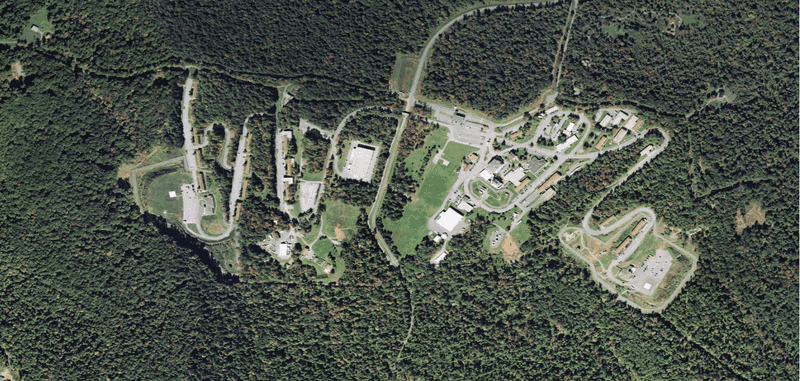
In the event of a national emergency, the Mount Weather Emergency Operations Center stands ready. Nestled in Virginia’s Blue Ridge Mountains, this facility is a hub for government continuity. Access is strictly controlled, with security measures to match its critical role.
The center’s existence ensures government functions can persist, even in dire circumstances. Its fortified position and restricted access keep it shrouded in secrecy, a silent sentinel in the heart of America’s defense strategy.
15. Bhangarh Fort, India
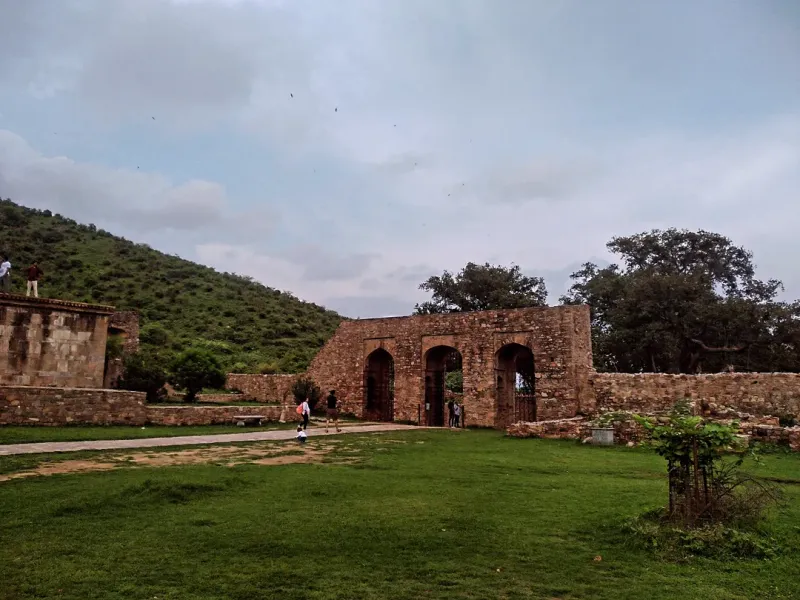
Nestled in Rajasthan, Bhangarh Fort whispers tales of curses and spirits. Once a thriving town, it’s now a relic shrouded in mystery. Legends speak of a sorcerer’s curse, rendering the place uninhabitable. Today, entry is restricted after sunset to protect visitors from its eerie atmosphere.
The fort’s crumbling walls and desolate courtyards evoke a time when it bustled with life. While its legends may send shivers down the spine, Bhangarh’s haunting beauty continues to draw those curious enough to visit during daylight.
16. RAF Menwith Hill, United Kingdom
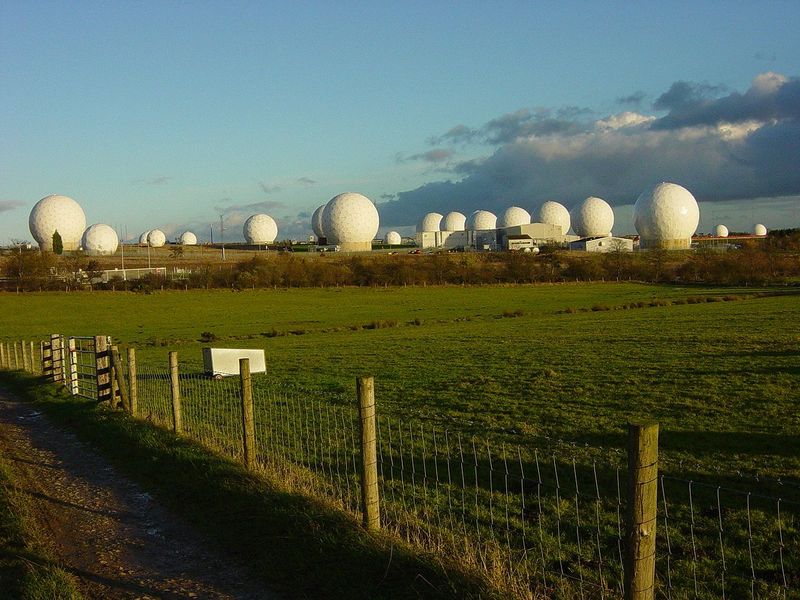
Amidst the rolling hills of Yorkshire, RAF Menwith Hill stands as a sentinel of global surveillance. This United Kingdom site, operated by the US National Security Agency, is the largest electronic monitoring station in the world. Its iconic radomes, resembling giant golf balls, house sophisticated intelligence equipment.
Public access is strictly prohibited, shrouding its operations in secrecy. The base’s presence raises questions about privacy and security, with its role in monitoring communications generating intrigue and debate worldwide.
17. Diego Garcia Island, British Indian Ocean Territory
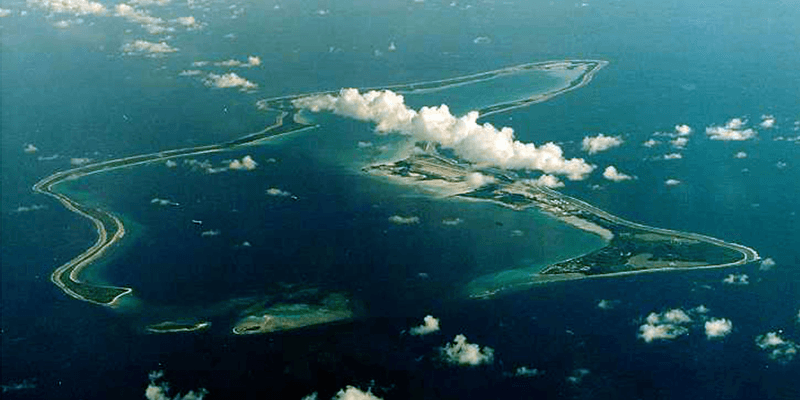
Diego Garcia, a strategic military base, is as remote as it is restricted. Located in the Indian Ocean, it’s essential for U.S. military operations, yet off-limits to civilians. The island’s pristine beaches and lush landscapes contrast with its highly secure military facilities.
A blend of natural beauty and strategic importance, Diego Garcia’s inaccessibility preserves its ecological and tactical value. While the island remains closed to most, its role in global military strategy ensures its place as a point of interest on the world stage.
18. Morgan Island, South Carolina, USA

Morgan Island, also known as Monkey Island, is a sanctuary for a colony of rhesus monkeys. Located off the coast of South Carolina, it is closed to the public to protect the animals and ongoing research. The island’s dense forests provide a natural habitat for these primates, and their presence is carefully monitored.
While the monkeys thrive in isolation, the island’s mystery grows, capturing the imagination of those curious about its hidden occupants. The balance of research and preservation keeps Morgan Island a place of wonder.
19. The Surtsey Research Station, Iceland
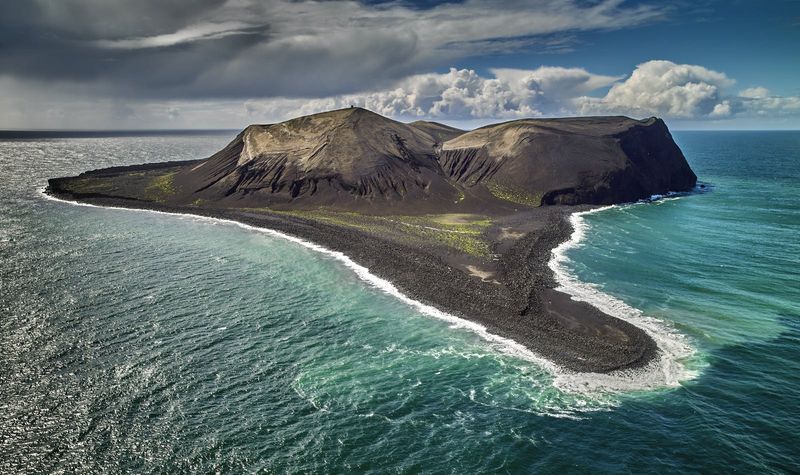
The Surtsey Research Station, located on Iceland’s Surtsey Island, is dedicated to studying natural colonization. Since the island’s formation in 1963, it has been a haven for researchers, closed to the public to preserve its pristine environment.
Scientists monitor ecological developments as life slowly takes hold on this volcanic landscape. The station’s isolation ensures minimal human impact, providing invaluable insights into natural succession. While the island’s rugged beauty remains off-limits to most, its scientific importance is undeniable.
20. Dulce Base (Alleged), New Mexico, USA
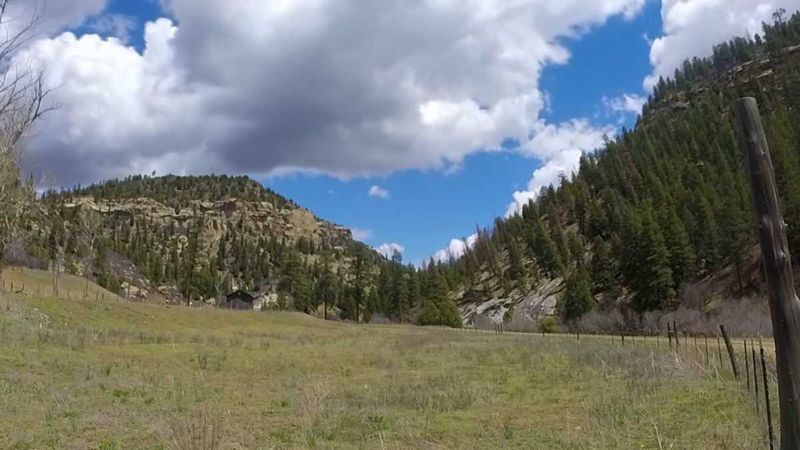
In the remote desert of New Mexico, tales of Dulce Base stir the imagination. Allegedly an underground facility, it’s said to house extraterrestrial beings and top-secret experiments. These claims, while unverified, fuel a plethora of conspiracy theories.
The base’s supposed location, shrouded in secrecy, remains a topic of intrigue among alien enthusiasts. While there’s no concrete evidence to substantiate its existence, the legend of Dulce Base endures, captivating those who wonder about what secrets might lie beneath the desert sands.
21. The Tomb Of Qin Shi Huang, China
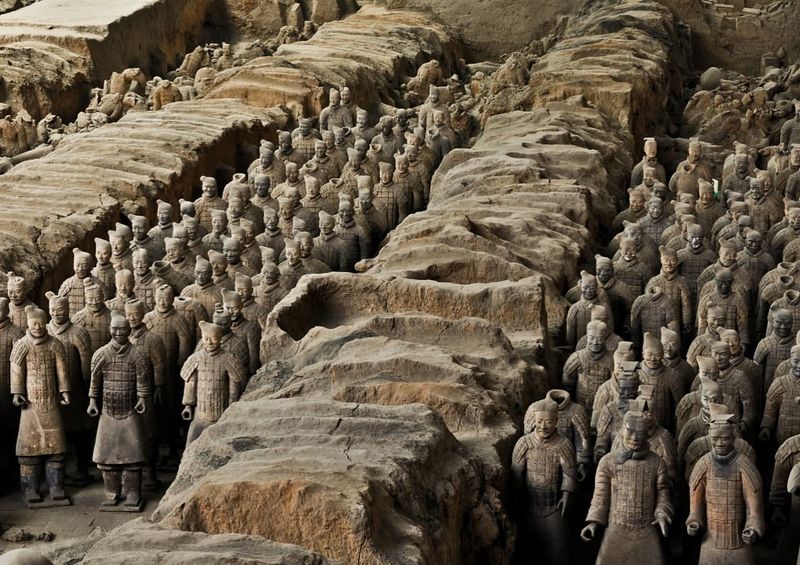
The tomb of Qin Shi Huang, China’s first emperor, is a marvel of ancient engineering and mystery. Buried beneath a hill in Shaanxi province, it remains unopened, its secrets intact. Surrounding the tomb, thousands of terracotta warriors stand in silent vigil, a testament to the emperor’s legacy.
The tomb’s unopened chambers, rumored to contain rivers of mercury and treasures, ignite the imagination. While the warriors are visible to the public, the tomb itself remains a forbidden wonder of China’s rich history.
22. Heard Island And McDonald Islands, Australia
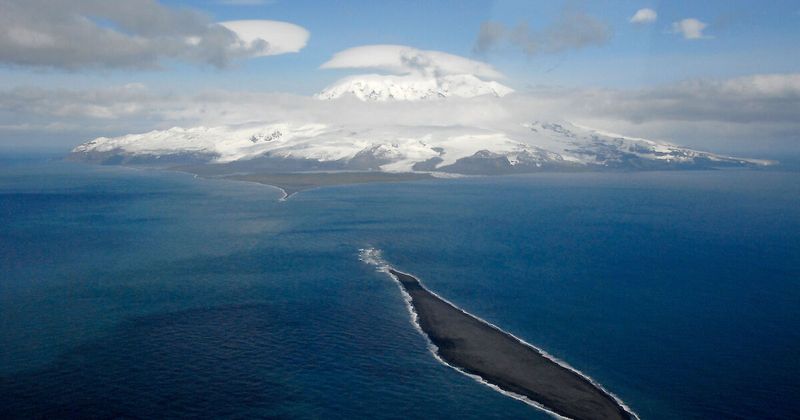
In the icy waters of the Southern Ocean lie Heard Island and McDonald Islands, some of the most remote places on Earth. Volcanic in origin, these islands are home to unique wildlife and dramatic landscapes.
Their extreme conditions, including frequent storms and sub-zero temperatures, make them nearly inaccessible to humans. As a protected area, they offer a glimpse into a world untouched by human hands. The islands’ isolation and rugged beauty create an unspoiled natural sanctuary far from the reach of civilization.
23. Fort Knox, Kentucky, USA
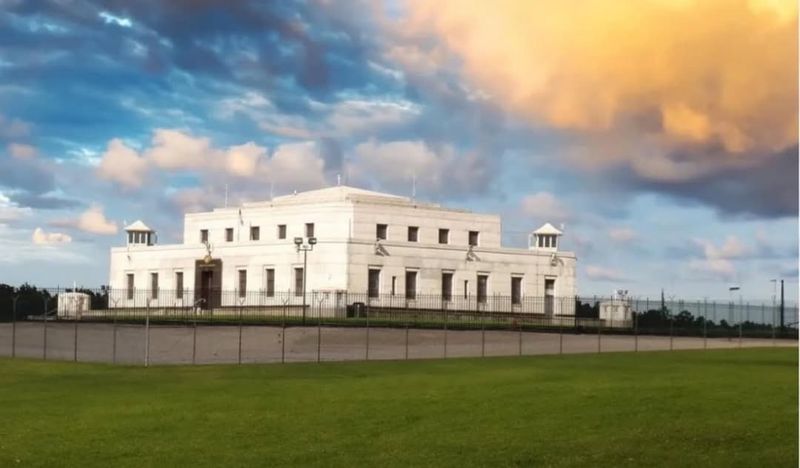
Fort Knox, synonymous with impenetrable security, houses the United States’ gold reserves. Located in Kentucky, its vaults are legendary for their impenetrability. The facility is guarded by armed personnel and sophisticated security systems, deterring any would-be intruders.
While its glittering contents are the subject of fascination, Fort Knox remains off-limits to the public. Its role in safeguarding national wealth underscores the importance of security and secrecy. As a symbol of strength and stability, Fort Knox stands as a fortress of financial certainty.
24. The White’s Gentleman’s Club, London, UK
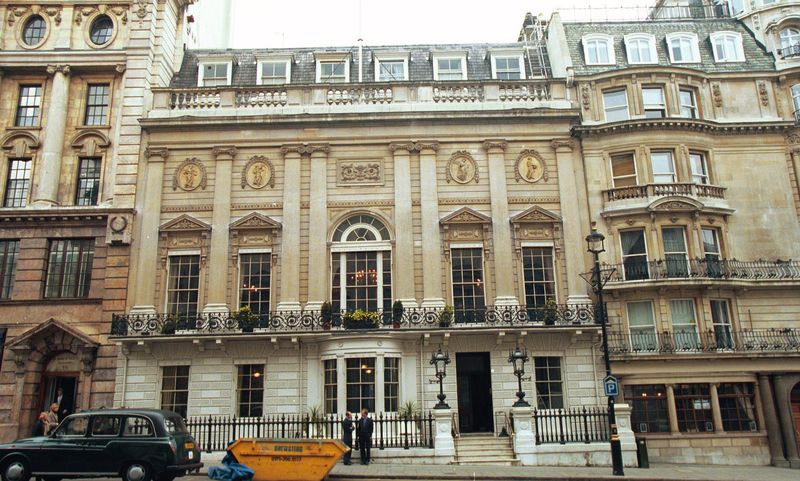
Step into a world of exclusivity at White’s, London’s oldest gentleman’s club. Established in 1693, it remains a private haven for the elite, with membership by invitation only. The club’s historic charm and discretion make it a hub for influential figures.
While its doors are closed to the public, tales of political plots and power plays abound. The allure of White’s lies in its tradition and exclusivity, a place where history and modernity converge in the heart of London. For those outside, its mysteries remain tantalizingly out of reach.
25. Niassa Reserve (Restricted Zones), Mozambique
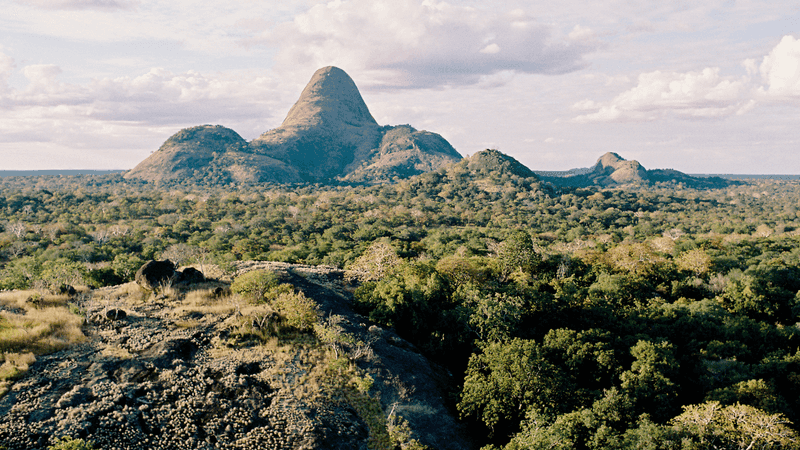
In the wild heart of Mozambique, Niassa Reserve stands as a bastion of biodiversity. Some zones are restricted to protect endangered species and their habitats. This vast wilderness is home to elephants, lions, and rare antelope, thriving under conservation efforts. The reserve’s remote location and limited access help preserve its delicate ecosystems.
Researchers and conservationists work tirelessly to ensure its survival, while visitors are kept to designated areas. Niassa’s untouched beauty and conservation success remain a testament to the power of protecting nature’s wonders.
26. The Tsingy De Bemaraha Strict Nature Reserve, Madagascar
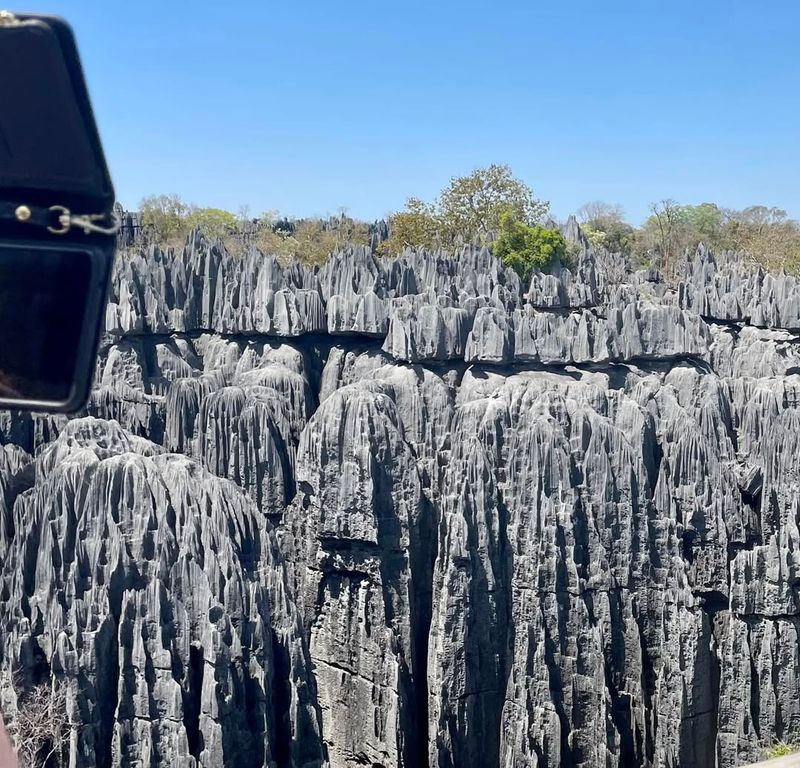
In Madagascar, the Tsingy de Bemaraha Strict Nature Reserve is a marvel of geology and ecology. Its name, meaning “where one cannot walk barefoot,” reflects its jagged limestone formations. These sharp pinnacles and canyons are home to diverse wildlife, including lemurs and unique plant species.
Access is limited to protect its fragile ecosystems and ensure visitor safety. The reserve’s striking beauty and biodiversity make it a World Heritage site, though only accessible to those with a sense of adventure and respect for conservation.
27. Lukenia Caves (Sacred Areas), Kenya
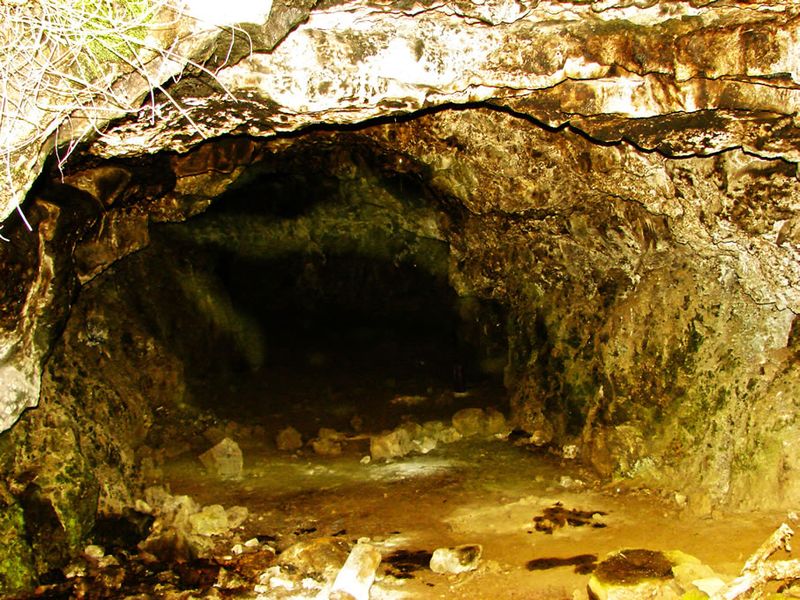
In the hills of Kenya, Lukenia Caves hold cultural and spiritual significance for local communities. Certain areas within these caves are considered sacred, accessible only to select individuals for ritual purposes. These restrictions help preserve their sanctity and cultural heritage.
The caves’ intricate formations and historical importance make them a site of interest, though largely unexplored by tourists. As a living testament to Kenya’s rich traditions and natural beauty, Lukenia Caves remain a place of reverence and mystery, protected from the outside world.
28. The Island Of Sable, Canada
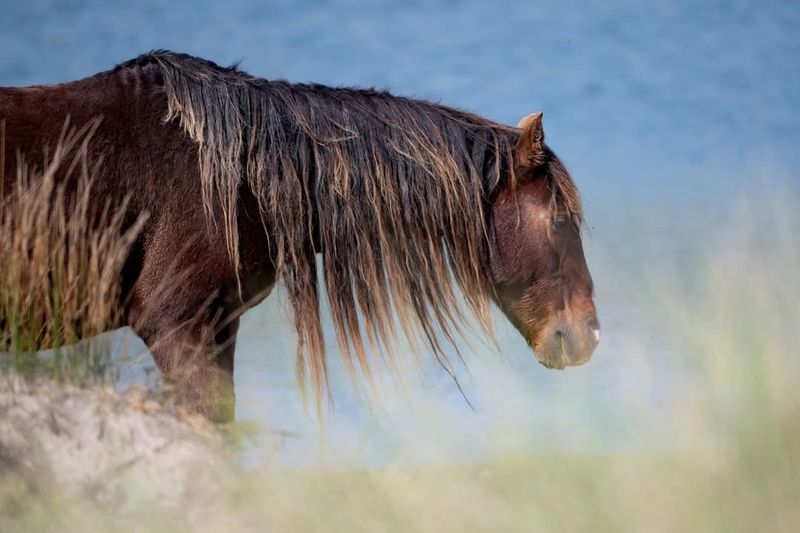
Off the coast of Nova Scotia, Sable Island is a remote sandbar known for its wild horses and shifting dunes. The island’s environment is delicate, and human access is limited to protect its unique ecosystem. Its isolation has allowed a small population of hardy horses to thrive, roaming freely over the windswept landscape.
While a few researchers and guided tours are permitted, the island’s raw beauty and ecological significance remain shielded from mass tourism. Sable Island embodies a fragile balance between nature and human curiosity.
29. The Great Banyan Tree’s Inner Core, India
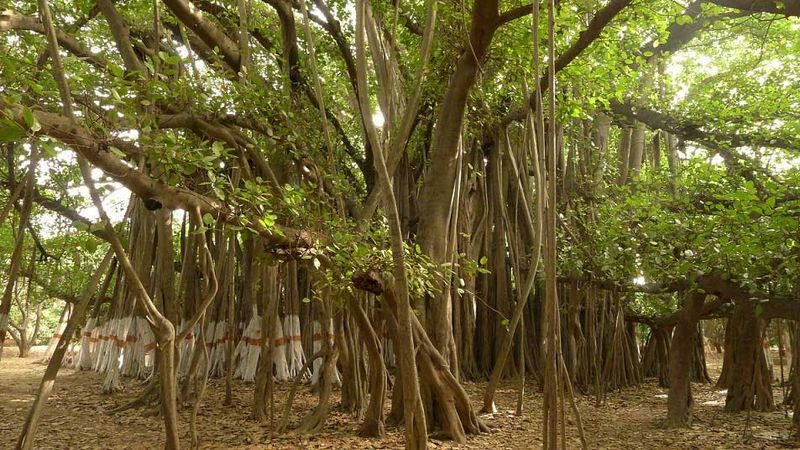
In the Indian Botanical Garden stands the Great Banyan Tree, a marvel of nature with a complex network of branches. Its inner core is now inaccessible to visitors, protecting the tree’s health and longevity. This botanical giant sprawls over four acres, with aerial roots creating an intricate maze.
The decision to close off the core ensures its preservation for future generations to admire. The Great Banyan Tree’s resilience and grandeur continue to captivate those who wander its expansive canopy, a testament to the wonders of nature’s design.
30. The Catacombs Of Paris (Beyond Public Areas), France

Beneath the streets of Paris lies a labyrinth of tunnels known as the Catacombs. While some sections are open to the public, the deeper passages remain off-limits due to safety concerns. These forbidden areas, filled with ancient bones, are the subject of urban legends and exploration attempts.
The allure of the unknown draws curious souls, yet the risks of venturing into these dark corridors are significant. The Catacombs play host to both history and mystery, their allure undiminished by the barriers that keep them hidden.
31. The Mariana Trench (Deepest Points), Pacific Ocean
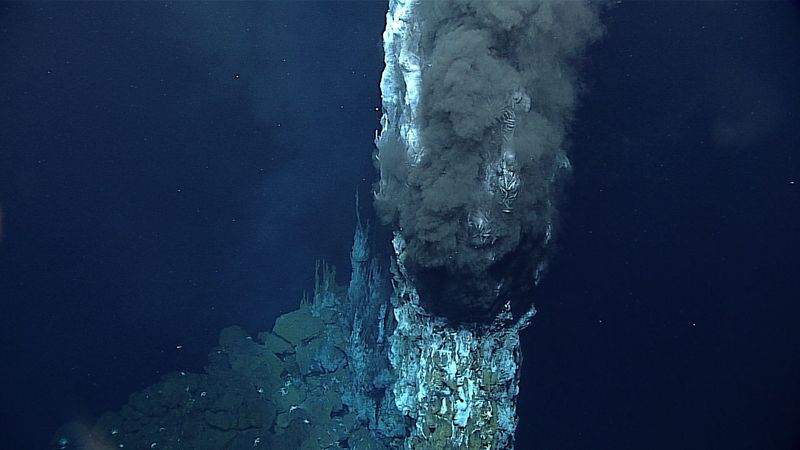
In the vast Pacific Ocean lies the Mariana Trench, Earth’s deepest known point. Its depths remain largely unexplored, with conditions that challenge even the most advanced technology. The trench’s dark waters conceal a world where sunlight never penetrates, home to creatures adapted to extreme pressure.
While some expeditions have ventured to its edges, the deepest parts remain out of reach, a testament to the ocean’s enduring mystery. The trench’s allure lies in its potential for discovery, as humanity continues to seek answers within its abyssal depths.
32. The Gangkhar Puensum Mountain, Bhutan
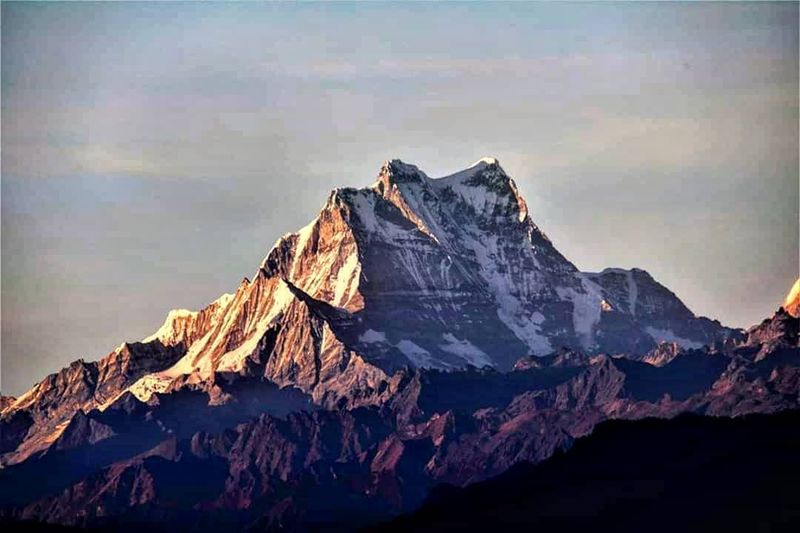
Rising in the Himalayas, Gangkhar Puensum is Bhutan’s highest unclimbed peak. Its sacred status and challenging terrain have kept it off-limits to climbers. Local beliefs hold the mountain as the abode of spirits, leading the government to prohibit ascents in respect of cultural traditions.
The mountain’s remote beauty and pristine snow-covered slopes make it a sight to behold, even from a distance. Gangkhar Puensum’s mystique endures as a symbol of the natural and spiritual harmony that defines Bhutan’s landscapes.
33. Woomera Prohibited Area, Australia
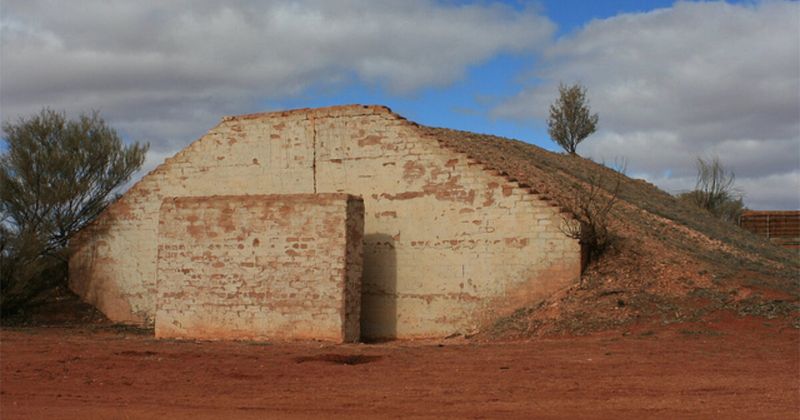
In the heart of South Australia lies the Woomera Prohibited Area, a vast expanse of land used for military testing. Covering thousands of square kilometers, it’s one of the largest weapons testing ranges in the world. Public access is restricted, preserving its role in defense research.
The barren landscape, marked by signs of restricted zones, echoes with the history of Cold War experiments. Woomera’s isolation and secrecy continue to fascinate, as its strategic importance remains a cornerstone of Australia’s defense capabilities.
34. Bang Kachao Reserve (Preserved Core), Thailand
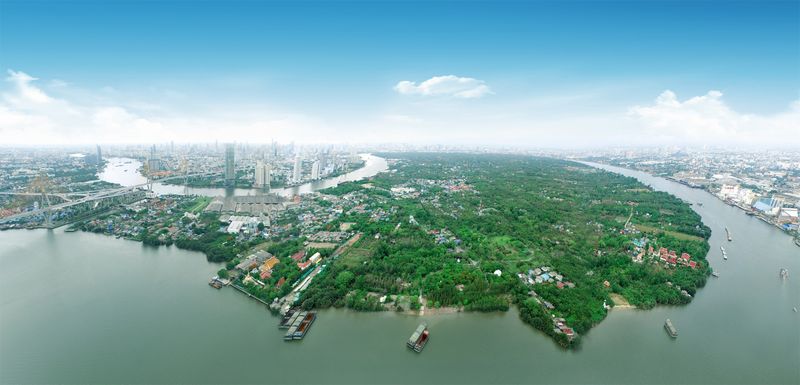
In Bangkok’s bustling heart lies Bang Kachao, an oasis of greenery known as the city’s green lung. Its preserved core, inaccessible to most, is a sanctuary for wildlife amid urban sprawl. The reserve’s thriving ecosystems are carefully guarded to maintain biodiversity and air quality.
While visitors can enjoy its outskirts, the inner sanctum remains a secret haven for native species. Bang Kachao represents a commitment to conservation in the face of rapid urbanization, a hidden gem within Thailand’s vibrant capital.
35. Hall Of Records Beneath The Sphinx, Egypt (Theorized)

Beneath the enigmatic gaze of the Sphinx, legends speak of a Hall of Records, a hidden archive of ancient wisdom. This chamber, if it exists, is said to contain knowledge from lost civilizations. While no evidence confirms its presence, the allure of such a discovery captivates archaeologists and mystics alike.
The Sphinx’s age-old mysteries continue to inspire, with theories about undiscovered chambers fueling imaginations. Whether myth or reality, the Hall of Records remains a cornerstone of Egypt’s lore, drawing those who seek the secrets of the past.
36. The Amber Room, Russia (Missing Location)
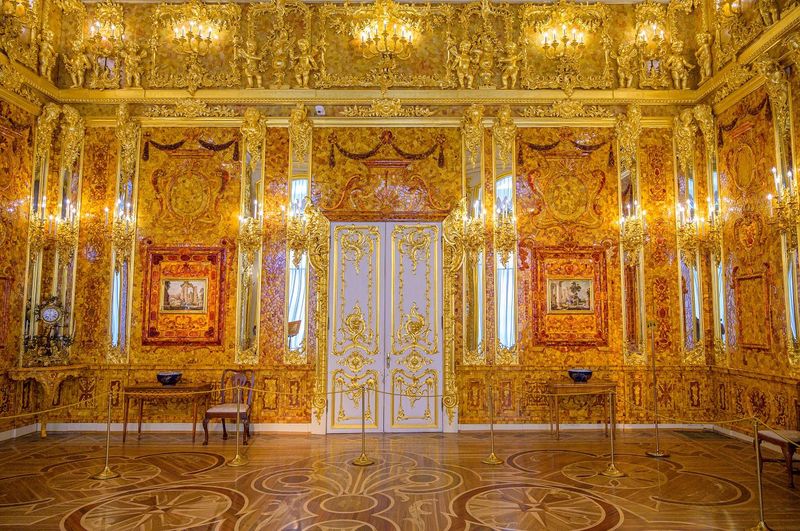
The Amber Room’s fate reads like a tale of intrigue. Once a dazzling chamber of amber panels and gold leaves, it vanished during World War II. Originally created for the Prussian king, its beauty was legendary. Though replicas exist, the original’s whereabouts are unknown, sparking rumors and treasure hunts.
Some believe it was hidden by retreating German forces, while others speculate it was destroyed. The Amber Room’s legacy endures as one of art history’s great unsolved mysteries, a symbol of lost grandeur and relentless quest for discovery.
37. The Arctic National Wildlife Refuge Restricted Zones, USA
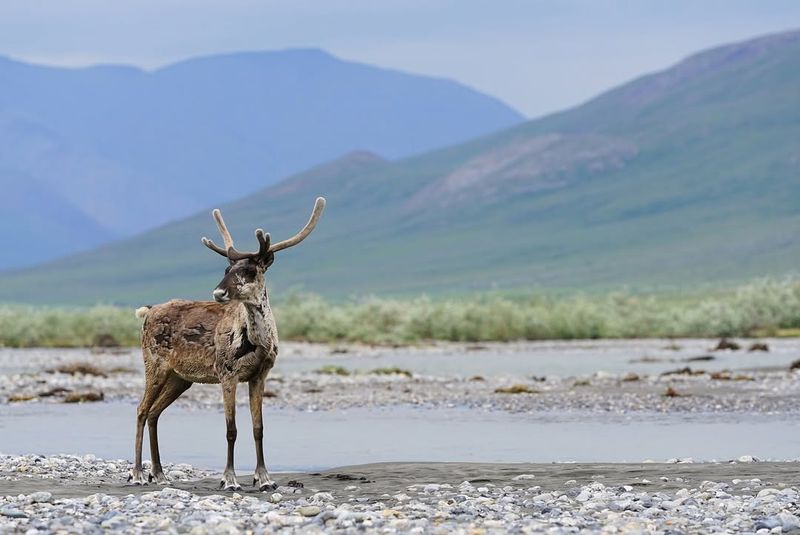
In Alaska’s remote wilderness, the Arctic National Wildlife Refuge is a sanctuary for wildlife and a battleground for conservation. Certain zones are restricted to protect its delicate ecosystems. Home to polar bears, caribou, and migratory birds, the refuge’s vast landscapes offer a glimpse into a world untouched by industrialization.
Access is limited to preserve its natural beauty, ensuring the survival of its diverse species. The refuge’s pristine environment represents both the fragility and resilience of nature, a place of global ecological importance.
38. Nihoa Island, Hawaii, USA
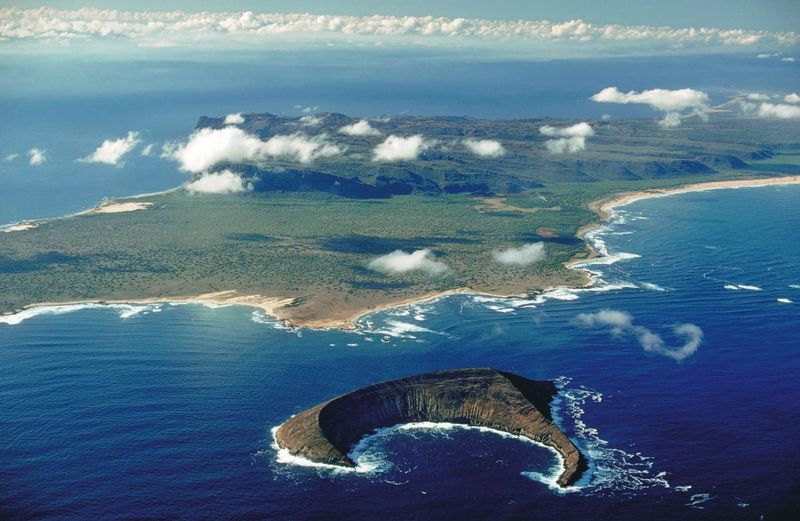
Nihoa Island, part of Hawaii’s Papahānaumokuākea Marine National Monument, is a sanctuary of biodiversity. Its rugged cliffs and endemic species make it a vital ecological site. Human access is restricted to protect its fragile environment and cultural significance.
The island’s isolation ensures that its ecosystems thrive, providing a refuge for native plants and animals. While few can visit, Nihoa’s role in conservation highlights the importance of preserving natural heritage in the face of environmental challenges.
39. The Cave Of The Crystals, Naica Mine, Mexico
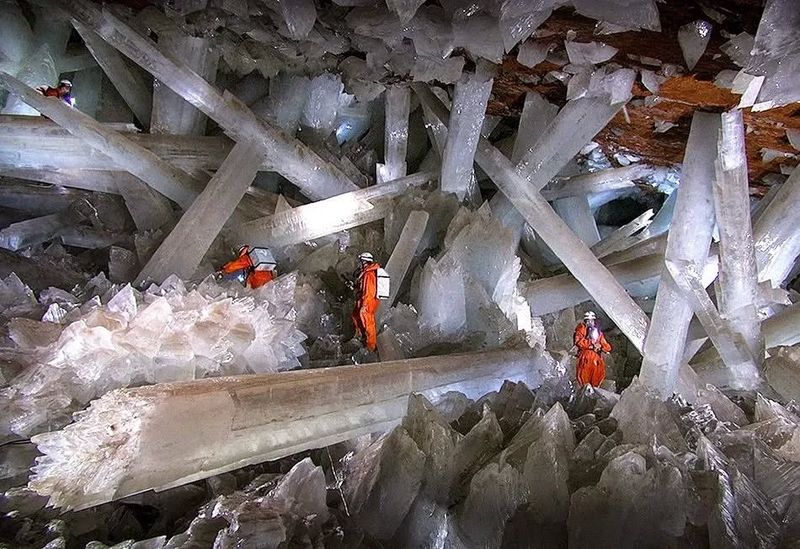
In Mexico’s Naica Mine lies the Cave of the Crystals, a natural wonder of colossal selenite formations. Discovered accidentally, the cave’s extreme temperatures and humidity make it inhospitable to humans. Access is restricted to prevent damage to these fragile structures.
Researchers, when permitted, venture inside equipped with protective gear to study the crystals’ formation. The cave’s stunning beauty and otherworldly atmosphere captivate the imagination, a testament to nature’s ability to craft unparalleled marvels in the most unlikely places.
40. Mount Athos (Women Forbidden), Greece
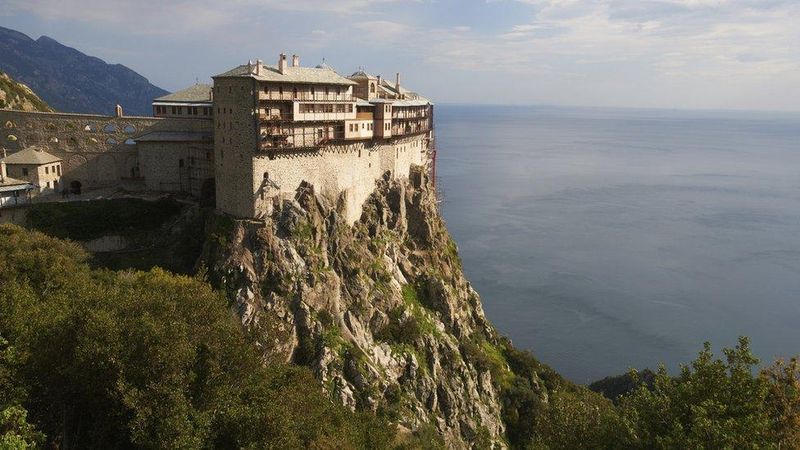
On Greece’s Mount Athos, a unique monastic community thrives, where tradition dictates that women are not allowed. This peninsula, dotted with ancient monasteries, has been a spiritual haven for Orthodox monks for centuries. The ban on women is rooted in religious tradition, preserving the sanctity of the monastic lifestyle.
The rugged beauty of Mount Athos, with its historic architecture and serene landscapes, is accessible only to male pilgrims and scholars. This exclusivity adds to the mystique, as Mount Athos remains a living relic of religious devotion.
